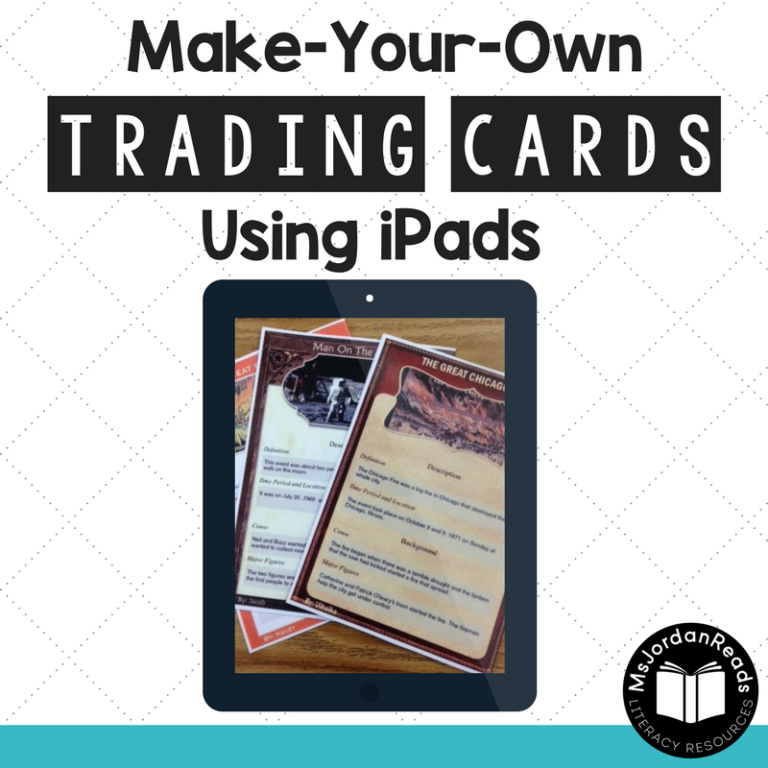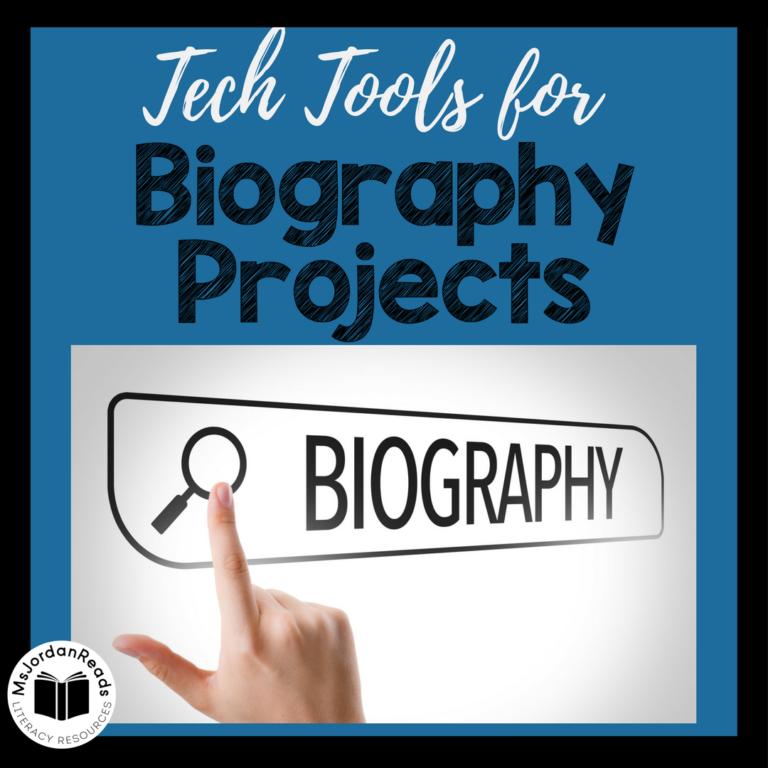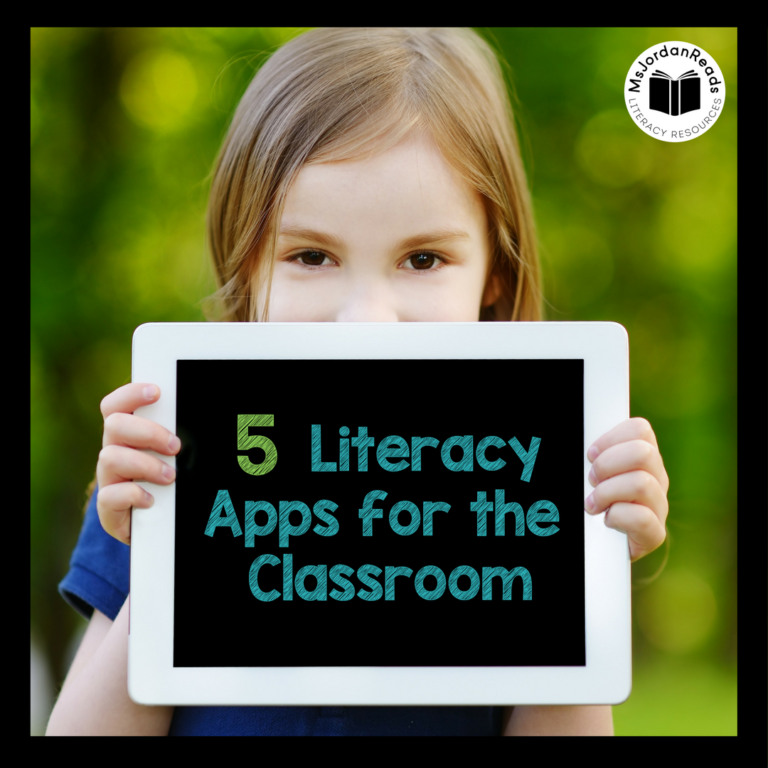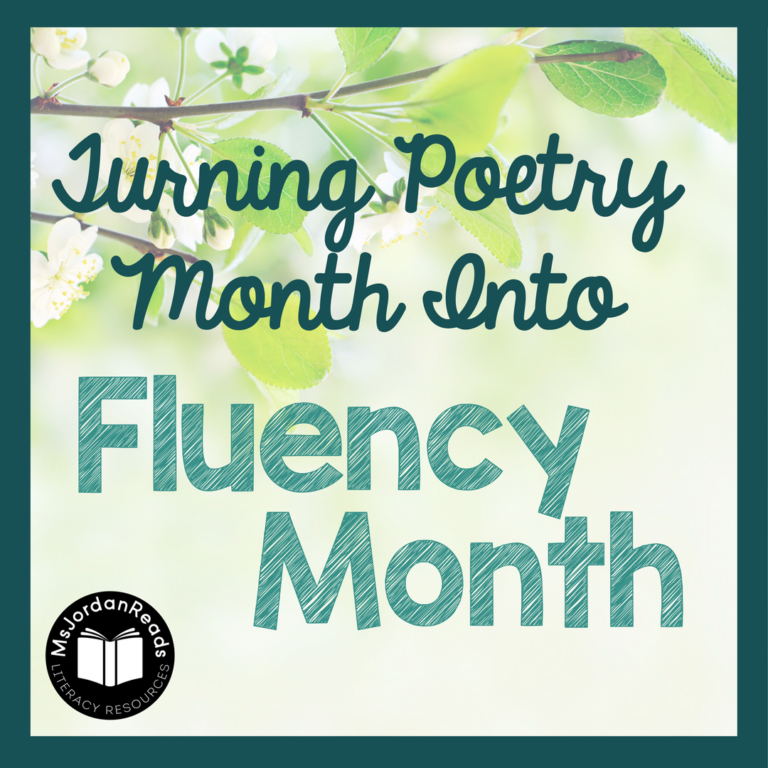My Paperless Classroom Journey: Notability for Teachers
If you’ve been following my paperless journey, this is the third post of my Notability blogging mini-series! Over the past few months, I’ve received some wonderful feedback (thank you!), including a bunch of emails from readers asking about how I use Notability as a teacher. It took me a little while to write this post… but here we go!
(Feel free to go back and check out my “Getting Started” and “Digital Resources” posts first, especially if you have NO idea what Notability is!)
Notability for Teachers
I use Notability in a different way than my students do. On my teacher iPad, I use the app more for data collection and progress monitoring – collecting informal assessments, archiving student work, and recording anecdotal notes. All my students have their own color-coded folders in my app, and I organize the folders by RTI tier and grade-level. You can organize the notes any way that makes sense for you, but I find it’s a great one-spot digital binder of student work samples, audio recordings, and progress notes. I use the notes for parent conferences, data meetings, and quarterly progress reports. It’s much lighter than my 4-inch binder I used to use for data collection, and now I can easily bring my files home with me each night.
Setting Up Student Folders
Using the “+” symbol at the top of my list of notes, I set up individual folders (“subjects”) for my students, and use the dividers to separate my groups.
 You can edit and reorder the folders, which is especially nice if your groups change, and you can also change the color of the folders. Additionally, I created an extra folder to organize my RTI schedule, group rosters, and student passwords (for easy-to-access information!).
You can edit and reorder the folders, which is especially nice if your groups change, and you can also change the color of the folders. Additionally, I created an extra folder to organize my RTI schedule, group rosters, and student passwords (for easy-to-access information!).
Archiving Previous Progress Notes
Once my folders were set up, I converted my previous notes to a digital format. Some items I scanned and converted into PDFs, but I just took a photo of the remaining items. This allowed me to get rid of my ridiculously hefty data binder and have all my progress notes together in one spot.
Next year, I will happily skip this step since I intend to start off the year “paperless.”
Student Work Samples
Part of my data collection includes student work samples.
I snap photos of writing and anything that has not yet made it to my paperless world; however, now that we’re in March and more of my program is paperless, I have students submit screenshots of the work they do on the iPads (e.g., graphic organizers, notes, annotated texts, etc.) via DropItTOMe. I can easily save the student work I wish to archive by importing files from my “DropItTOMe” folder in Dropbox.
Monthly Anecdotal Notes
I typically create a new “note” to record anecdotals each quarter per student.
 Even though it adds to the number of notes in the student folders, I’m easily able to find my progress notes for each marking period (which is especially helpful when writing report cards, etc.). It also saves me from having to sift through one giant progress notes document.
Even though it adds to the number of notes in the student folders, I’m easily able to find my progress notes for each marking period (which is especially helpful when writing report cards, etc.). It also saves me from having to sift through one giant progress notes document.
Student Assessments & Running Records
I complete most of my diagnostic/skill assessments and progress monitoring digitally on Notability using PDF forms. These include phonemic awareness screenings, sight word assessments, F & P optional assessments, phonics word lists, fluency speed drills, and running records.
Administering digital running records is my favorite perk of using Notability for data collection. Not only am I be spared from making hundreds of copies of running record forms, but I can use the microphone feature to record the audio of each student reading, as well. While recording, the app keeps track of the time it takes for the student to read, so I can calculate a quick wpm score in the end, too. The students can listen back on their reading to self-assess and reflect, OR you can use it for your progress notes. It’s a powerful tool for analyzing and comparing reading skills quarter-to-quarter.
(NOTE: If a PDF running record form is not available, and I’m doing “on the fly” running records, I just use a generic running record PDF form, or I snap a photo of the text and mark errors/substitutions right on the digital image of the page!)
Sharing Notes
With Notability, you can share specific notes via email, Dropbox, or Google Drive. This is helpful for me when I want to share progress notes with a student’s classroom teacher. To do this, go to “Settings” and “Manage Accounts.” It will prompt you to “Log In” to your accounts and then “Accept” the app sharing permissions.
If you choose to back-up your notes to Dropbox (see below), you can also share the specific destination Dropbox folder with other teachers. This will allow them to view or print your notes at any time, without YOU having to share one file at a time!
Backing-Up Your Notes
I set up my Notability folders to automatically back-up to my connected Google Drive account. If the app ever crashes, or my notes somehow “disappear,” I’ll always have a back-up copy of my progress notes. The app saves each note as PDFs to your choice of Dropbox, Box, or Google Drive.
To do this, go to “Settings” and “Auto-Backup.” It will ask which location you wish to back-up your files to. You can also customize your back-ups to only include certain folders and file formats. (You need to already have your accounts set-up through “Manage Accounts” to turn on this feature!)
As I mentioned above, by backing up your files to Google Drive or Dropbox, you can easily share and add collaborators to your destination folder, or even to specific student folders within the back-up folder. It’s an easy way to collaborate!
iCloud Syncing
If you have multiple teacher devices, you can easily sync your Notability accounts by turning on the “iCloud” feature under “Settings.” Be sure to do this only with the devices your students do NOT have access to. This is great for teachers who collaboratively work with the same group of students. If you choose to do this, keep in mind, you’ll need to be signed into the same iCloud account and all of your files will be accessible to the other teacher.
Importing Files from Dropbox
So where do I store all my running record and assessment forms, you ask?
Easy, peasy! I use Dropbox to store all my files, and then I import the files from within the Notability app. This cloud-based storage is a great way to keep files accessible, and it’s just a few clicks to import the file into a student’s folder. The best part is, I can choose to import specific pages of a file so that I don’t have keep or sift through 200 page documents in their folders for just the ONE assessment page I need that week. If it’s a page that I plan to use for multiple students in a group, I can duplicate the page in Notability and drag it into each of their folders (saves a lot of time!).
After you import the pages you need, you can rename the files to better organize your progress notes. For example, if I import just page 2 of my phonics word lists, focusing on just DIGRAPH words, I can rename the file from “Phonics Word List” to “Bobby_Digraphs Word List_3.15.15.”
(NOTE: You can’t have two notes with the same name in Notability, so be prepared to use student names or “_1, _2, _3” at the end of names if necessary. So far, this hasn’t been a problem for me!)
My Dropbox Files & Forms
Running Record Forms — I take pictures of text pages for most of my informal running records, but if you have an LLI kit, you can download the forms from the “Online Resources” website or the DVD’s. If you have a Reading A-Z account, you can download the Benchmark and Fluency running record pages into Dropbox, and then import the pages into Notability, as needed.
Assessments — In addition to running records, I have many diagnostic assessment pages I use throughout the year to monitor student progress.
Here are just a few of the ones I use:
- Accuracy Word Pairs
- Crunch & Munch (Decoding Strategy)
- Reading A-Z Assessments
- Fluency Strips (Moffatt Girls)
- F & P Optional Assessments
Word Lists & Graphs — I keep all my progress monitoring word lists in Dropbox for easy access. I also keep the blank forms and graphs for keeping track of student progress. (Students also have access to the graphs for their own folders in Notability.)
Here are a few resources that I use pages from regularly:
- Fluency Speed Drills
- Fluency Progress Graph
- Kindergarten Fluency Folder
- Dolch Sight Word Assessment (Make, Take, Teach)
- Word Lists for Fluency & Phonics (Fun in First)
- Free Phonics Word Lists (Ultimate Phonics)



















Can I write on a off while recording myself talking during the lesson and then upload that video to you tube ? Can notability do that ?
You can write on and off while recording audio and your pen/highlighter/text markings will show up on a PDF with the recording; however, you are unable to export as a video file (as far as I know, anyway!). I am able to email or save a file that I’ve recorded, but it doesn’t show up as a video when I go to play it. You can save it as a PDF, a note page, or a recording (which often shows up as a .zip file). You can always contact Notability support team to find out more. Sorry I couldn’t help more!